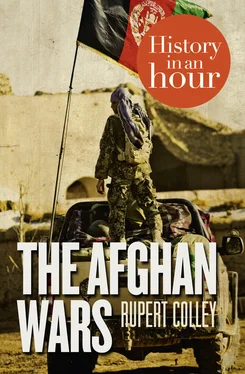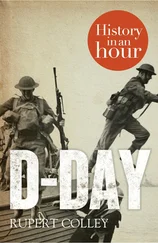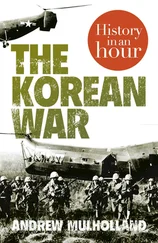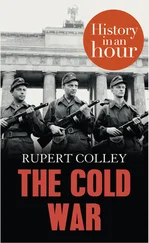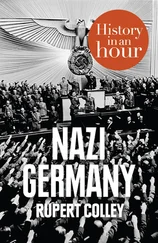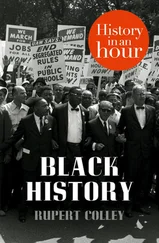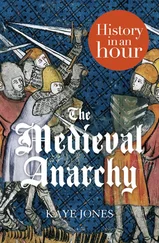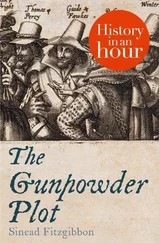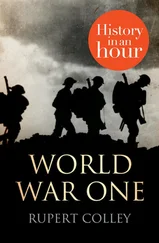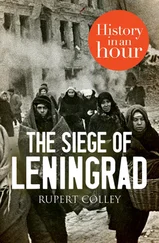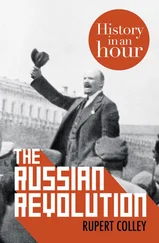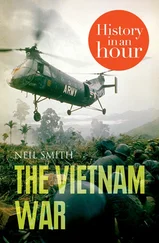An armistice signed on 8 August 1919 resulted in the Treaty of Rawalpindi in which Britain agreed to annul the Treaty of Gandamak and play no further role in shaping Afghanistan’s foreign policy. Although Afghanistan had never been part of the British Empire, it now saw itself as entirely free of Britain’s interference, and, to celebrate, 19 August was declared Afghan Independence Day, an occasion still celebrated today.
The ‘Saur’ Revolution The ‘Saur’ Revolution The Communist Era The Soviet War in Afghanistan The Afghan Civil War The Taliban Afghanistan under the Taliban 9/11 The Afghanistan War The Taliban Insurgency The Death of Bin Laden The Ongoing War Appendix 1: Key Players Appendix 2: Timeline of the Afghan Wars Appendix 3: Flags of Afghanistan Copyright Got Another Hour? About the Publisher Конец ознакомительного фрагмента. Текст предоставлен ООО «ЛитРес». Прочитайте эту книгу целиком, купив полную легальную версию на ЛитРес. Безопасно оплатить книгу можно банковской картой Visa, MasterCard, Maestro, со счета мобильного телефона, с платежного терминала, в салоне МТС или Связной, через PayPal, WebMoney, Яндекс.Деньги, QIWI Кошелек, бонусными картами или другим удобным Вам способом.
As king, Mohammad Zahir Shah (pictured below) ruled Afghanistan for forty years, coming to the throne as a 19-year-old in 1933. But in July 1973, while in Italy undergoing eye surgery, his cousin and former prime minister Mohammad Daoud Khan, whom Zahir had sacked in 1963, staged a coup, abolished the Afghan monarchy and established a republican government with himself as its first president.
Zahir Shah, king of Afghanistan, 1933–1973
Daoud set about implementing reform – the emancipation of women and the suppression of Islamic fundamentalism. The Islamists migrated across the border into Pakistan, where the Pakistani secret service trained them to fight. Among them were two men who were to play a large role in the Afghan civil war twenty years later: Ahmad Shah Massoud and Gulbuddin Hekmatyar. Both were members of the Mujahideen. Massoud exploited the discontent caused by Daoud’s reforms and staged an uprising. It failed and Daoud used the attempted coup as a pretext for enforcing greater repression of Islamic fundamentalists. Massoud and Hekmatyar fell out and although nominally fighting for the same cause became and were to remain bitter enemies.
Daoud had been accepting shipments of arms from the Soviet Union but following a falling out with the Afghan communist party – the People’s Democratic Party of Afghanistan (PDPA) – he expelled the Soviet advisers sent by Leonid Brezhnev, the Soviet leader, and looked elsewhere for assistance.
The Soviet Union feared that Afghanistan was about to ally itself to the West. The final, irrevocable split with the Soviet Union came in April 1977 during Daoud’s state visit to Moscow. When Brezhnev objected to the encroachment of American and NATO influence within Afghanistan, Daoud reacted angrily, ‘We will never allow you to dictate to us how to run our country and who we employ in Afghanistan . . . Afghanistan will remain poor if necessary but free in its acts and decisions.’ As he left he had to be reminded to shake Brezhnev’s hand. A year later Daoud would regret his show of defiance.
In April 1978 a prominent PDPA member was assassinated and his subsequent funeral attracted and stirred the emotions of large numbers of Afghan communists. Daoud, sensing the danger, attempted a crackdown but not with sufficient vigour, for on 27 April, the PDPA, trained by the Soviet Union, staged a coup, the Saur (or April) Revolution.
Daoud, along with members of his family, was shot in the presidential palace. Brezhnev had no input into the coup but equally, still smarting from Daoud’s defiance, took no action to prevent it.
Daoud’s death was not publicly announced and the new president, the pro-Soviet Nur Mohammad Taraki, announced that former president Daoud had ‘resigned for health reasons’. Taraki renamed Afghanistan the Democratic Republic of Afghanistan and introduced a red Afghani flag not dissimilar to the hammer and sickle flag of the Soviet Union. The body of Daoud was found thirty years later, in 2008, and in March 2009 Daoud was reburied with full state honours.
The Communist Era The Communist Era The Soviet War in Afghanistan The Afghan Civil War The Taliban Afghanistan under the Taliban 9/11 The Afghanistan War The Taliban Insurgency The Death of Bin Laden The Ongoing War Appendix 1: Key Players Appendix 2: Timeline of the Afghan Wars Appendix 3: Flags of Afghanistan Copyright Got Another Hour? About the Publisher Конец ознакомительного фрагмента. Текст предоставлен ООО «ЛитРес». Прочитайте эту книгу целиком, купив полную легальную версию на ЛитРес. Безопасно оплатить книгу можно банковской картой Visa, MasterCard, Maestro, со счета мобильного телефона, с платежного терминала, в салоне МТС или Связной, через PayPal, WebMoney, Яндекс.Деньги, QIWI Кошелек, бонусными картами или другим удобным Вам способом.
Taraki immediately set in motion a programme of Marxist reform – land reforms, the banning of forced marriages, discouraging women from wearing the veil, promoting literacy and, most controversially, the advancement of women. Their aim was to eliminate the ‘backwardness of past centuries within the lifespan of one generation’. But for factions within the government, this was too much too soon. The pace of reform became an issue and splits emerged, notably between Taraki and his prime minister, Hafizullah Amin.
Any reform was too much for the conservative Afghans – the redistribution of land cut through traditional boundaries and ignored local needs, and the liberation of women was a complete anathema to the Islamic Afghans for whom the woman’s place was very much at home.
In January 1979 the Ayatollah Khomeini swept to power in Iran and began supplying aid and arms to the Afghan Mujahideen, the Muslim ‘soldiers of God’, who resented the godless regime of the PDPA and its Soviet backers.
Taraki ordered a severe repression of his opponents, establishing a secret police, the ‘Afghan Interests Protection Service’, who imprisoned and executed thousands without trial. In March 1979 rebels staged an uprising in the city of Herat. The Mujahideen, chanting ‘God is great’, killed and flayed alive hundreds of Afghans and Soviet advisers and their families. Panicked, Taraki appealed to Moscow for help. But the Politburo declined to be drawn in, fearful of the reaction of Soviet Muslims and believing that intervention would only commit the USSR to a ‘Soviet Vietnam’.
Taraki’s prime minister, Hafizullah Amin, led the reprisals, killing thousands in Herat and sending the Soviet-backed Afghan army out into the villages to mete out immediate punishment to anyone suspected of insurgency. Among the thousands killed were children, tortured and murdered in front of their parents, who were then similarly dispatched. Entire villages were wiped out.
While Amin pursued his bloody programme of retaliation, Taraki, like Daoud before him, called in on Moscow to make a personal plea for Soviet reinforcement and again was refused, being told by Alexei Kosygin, the Soviet premier, ‘We believe it would be a fatal mistake to commit ground troops. If our troops went in, the situation in your country would not improve. On the contrary, it would get worse.’ Brezhnev, who received Taraki warmly, recommended a slower pace of reform and, as a final piece of advice, told him to remove Amin, Afghanistan’s prime minister.
Читать дальше
